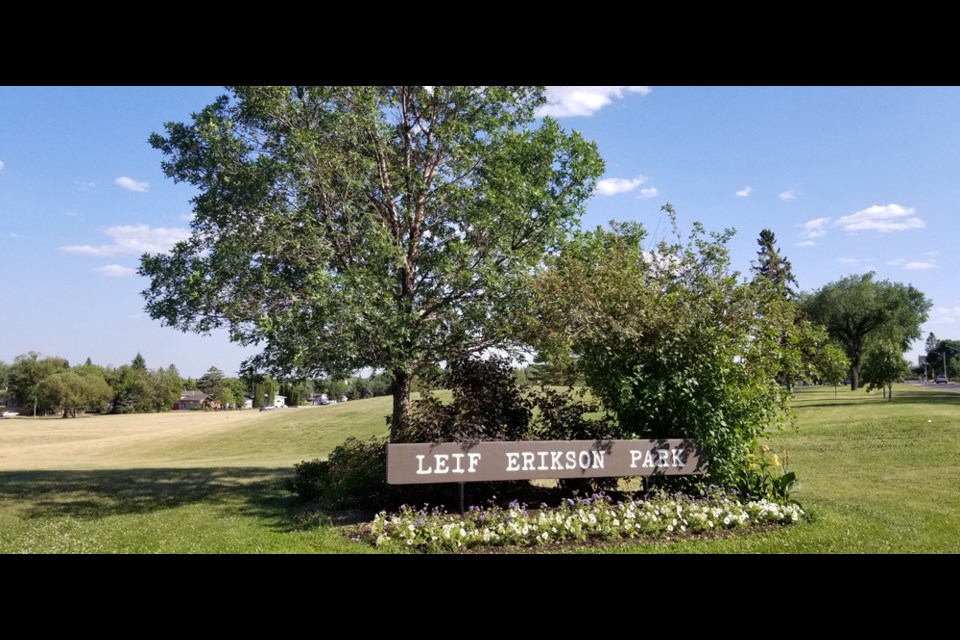SASKATOON — The City of Saskatoon awaits the test results of about 40 other elm trees following the confirmation of six positive cases of Dutch elm disease on Thursday, Sept. 9. Parks Department staff had received 54 of the 91 tests, six of which were positive DED cases in the city's urban forest in North Park (one), Westmount (two), and Varsity View (three).
Parks Director Thai Hoang reminded Saskatoon residents to check their properties for elm and not store them for wood to prevent the spread of DED. Crews from his department would remove eight trees after the six tested positive for DED. The City Council increased the Parks budget to prevent the spread of DED.
"Keeping elm wood – whether to burn it in your fire pit or for other uses – threatens our historic tree canopy, which we love so much. About a quarter of our urban forest is elm," said Hoang.
City crews have already seized 2,000 kilograms of elm wood in sweeps of the Varsity View neighbourhood following a previous DED tree removal. Trees infected with DED will have the leaves start to wilt and turn yellow, then curl and turn brown. Elms are prohibited from the compost depot and must not be thrown into the green bin.
Hoang reminds residents that elm trees and wood must be disposed of, for free, immediately at the landfill, not to store the wood and branches, not to buy or take elmwood, and not to burn it. Residents can help prevent DED's spread by not pruning elm trees from April 1 to Aug. 31, when the provincial pruning ban is in effect.
"We're getting a better idea of how the Saskatoon landscape would change if DED were to keep progressing, but it can be curtailed. Get rid of elmwood, and if you're not sure what you have, send us a picture," said Hoang.
Hoang said if one suspects an unhealthy elm or is unsure of what type of firewood they have, they can take a photo and complete the online form or call Urban Forestry at 306.975.2890.
The city's DED Response Plan includes the immediate removal of the positive tree/s and disposal at the landfill, increased surveillance of the surrounding area to search for stored elm wood, sampling of symptomatic trees within one kilometre of the infected tree, and continuing regular elm surveillance and cyclical pruning of trees in parks and on boulevards.
Parks staff will be conducting surveillance around impacted areas. This surveillance includes checking every property for elm firewood or brush and removing it when found. If residents are not home, staff will remove the elm wood and leave an Elm Infraction Notice with a note indicating they disposed of the wood.
As part of the Forest Resource Management Act, the Provincial Dutch Elm Disease Regulations, 2005, allow inspectors to enter private property to inspect for elmwood, remove it, and sample private elm trees. The regulations require property owners to remove and dispose of infected elm trees.
DED is a severe disease caused by a fungus that clogs the elm tree's water and nutrient-conducting system, which eventually causes the tree to die. DED was introduced in North America in the 1930s and has wiped out millions of elms across Canada and the United States. In Saskatoon, elms make up 25 per cent of our urban forest.
In Saskatchewan, several species of elm bark beetles spread the disease. These beetles can fly farther than two kilometres in search of elm trees. The DED fungus has tiny spores that stick to the beetle's body. Elm bark beetles can carry these spores and infect other elm trees. Infected pruning tools can also spread the fungus.
For more information on DED, visit 




